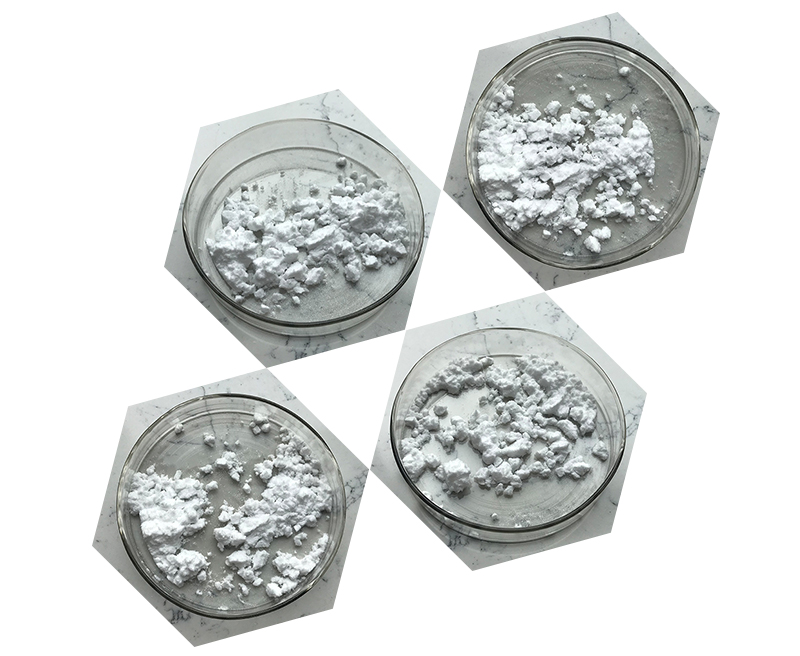L-Glutamic acid is a pivotal amino acid in metabolism, playing a central role in various biochemical processes. Its significance arises from its roles in nitrogen metabolism, neurotransmission, and as a precursor for several key molecules. Here’s a detailed look:
1. Central Role in Amino Acid Metabolism:
Amino Acid Interconversion: L-Glutamic acid serves as a hub in the transamination process, where it transfers amino groups to alpha-keto acids, forming new amino acids. This reaction is catalyzed by aminotransferases.
Amino Acid+α-ketoglutarate↔Glutamate+Alpha-keto acid
Precursor to Other Amino Acids: It is the precursor for the synthesis of non-essential amino acids like glutamine, proline, and arginine.

2. Role in Nitrogen Metabolism:
Ammonia Detoxification: L-Glutamic acid participates in ammonia assimilation, forming glutamine via glutamine synthetase, which is crucial for nitrogen storage and transport.
Glutamate+NH 3+ATP→Glutamine+ADP+P i
Source of Ammonia: In the liver, glutamate dehydrogenase catalyzes the deamination of glutamate, releasing ammonia for the urea cycle.
Glutamate+NAD(P) +↔α-ketoglutarate+NH3+NAD(P)H
3. Connection to the TCA Cycle:
- Alpha-Ketoglutarate Precursor: L-Glutamic acid is directly converted into alpha-ketoglutarate, a key intermediate in the tricarboxylic acid (TCA) cycle, linking amino acid metabolism with energy production.
4. Neurotransmitter Role:
- Glutamate is a major excitatory neurotransmitter in the central nervous system, critical for synaptic transmission, learning, and memory. It operates through ionotropic and metabotropic glutamate receptors.
5. Biosynthesis Precursor:
- Glutathione Synthesis: Glutamate is a component of glutathione, a key antioxidant that protects cells from oxidative damage.
- GABA Synthesis: In the brain, glutamate is decarboxylated to form gamma-aminobutyric acid (GABA), an inhibitory neurotransmitter.
Glutamate→GABA+CO2

6. pH Regulation:
- As a weak acid, glutamate participates in buffering intracellular pH, maintaining cellular homeostasis.
Summary:
L-Glutamic acid’s significance in amino acid metabolism lies in its central role in nitrogen balance, its connection to the TCA cycle, and its function as a precursor for neurotransmitters and other bioactive compounds. These multifaceted roles underscore its importance in both energy metabolism and cellular function.
